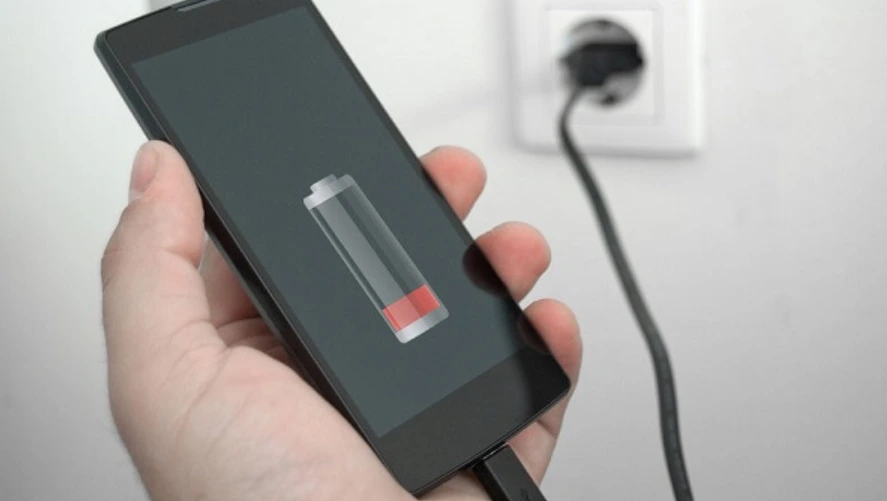Most of us change phones regularly every two or three years. Of course, they can be used for much longer – it depends on whether you are satisfied with its functionality and whether you are afraid of the problems that always arise with operating outdated devices. Here are 5 signs that indicate it’s time to replace your old smartphone.
Poor battery life
If you have never changed the battery in your phone, then its autonomy will be very low towards the end of its service life. In principle, this is not a particular problem if you are constantly somewhere near the outlet. However, at some point, you will get tired of carrying a charger with you all the time. Of course, you can just buy a new battery, but it really looks like an extension of the inevitable agony.
Internal memory keeps getting full
Modern phones, as a rule, have a relatively large amount of internal memory. However, as they get older, they start to run out of space to upload more photos or videos. Of course, in such cases, you must first try to clean the disks from unnecessary trash. This will solve the problem for a while, but then you will still be forced to uninstall one old application before installing a new one. This is a sure sign that it’s time to pick up another smartphone.
System crashes and freezes
After a few years, the processor, which was powerful enough at the time of purchase, becomes less and less usable. Requirements for software and games are now rapidly increasing, and one day your smartphone will start to freeze when you launch several far from the most “heavy” programs. Running applications may temporarily stop responding to your touches on the screen or will respond with a significant delay. These are nothing more than signs that the smartphone has lost some of its former performance.
Incompatibility with new applications
Constant software updates from manufacturers are a must these days. Companies, in many cases, support their flagships for 4 or even 5 years. As for middle-class models and, especially, budget devices, they can receive updates no more than 2-3 years after release. After that, sooner or later, you will definitely have problems installing new programs. In addition, in such cases, no one can guarantee that your smartphone will not be hacked and personal data will not be stolen.
Legacy camera
The quality of photos in phones is now growing rapidly. This element has really improved a lot in recent years. For example, if at the time of purchase your smartphone was considered a top camera phone, then after a while, its pictures will no longer seem ideal. A prime example of this is the Samsung Galaxy S6 released in 2015, which once had one of the best cameras on the market, and now, by today’s standards, it can only take mediocre photos.

